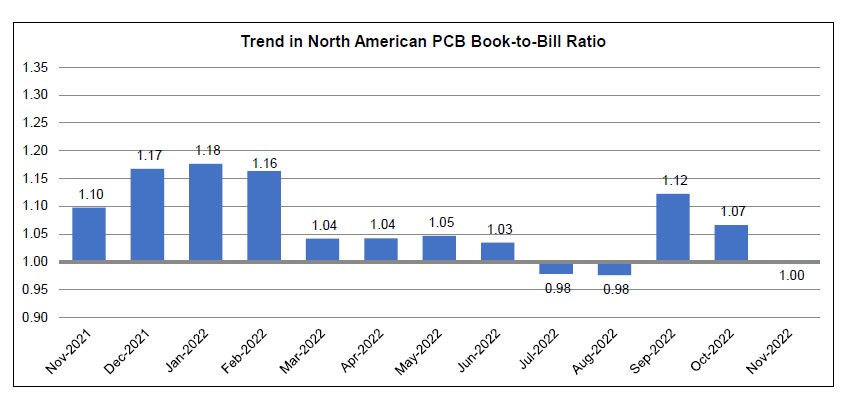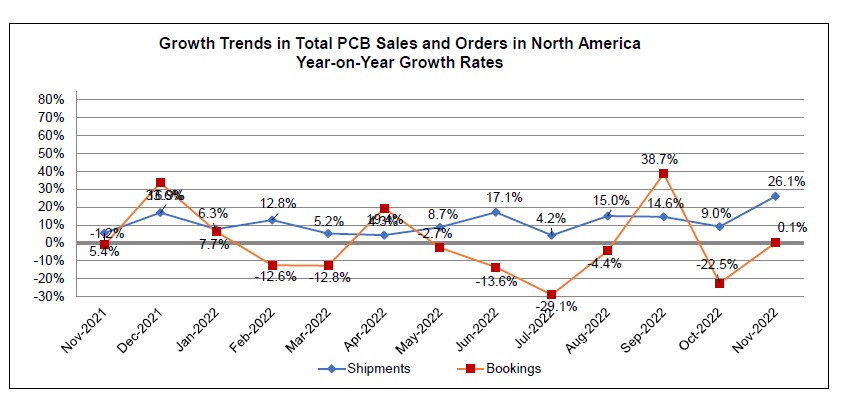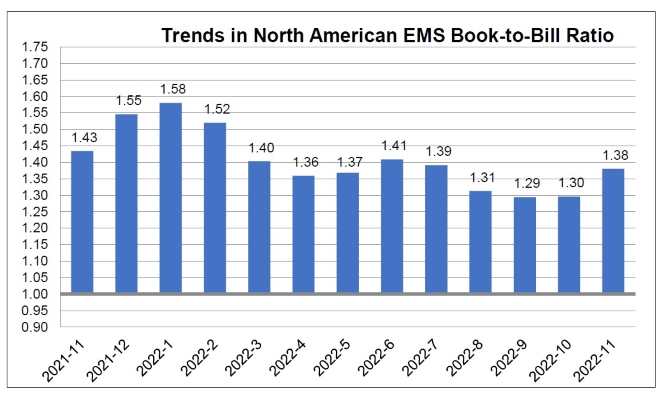Survey: How Smart are Your Manufacturing Processes?
IPC has partnered with Auburn University to conduct a study on behalf of the Department of Defense (DoD) that can significantly help our nation’s manufacturing industries, and we would like your help. The Interdisciplinary Center for Advanced Manufacturing Systems (ICAMS) at Auburn University is working to help manufacturers engage with technology to improve competitiveness and profitability.
This survey is Year 2 of a five-year study. The survey should not take more than 10 minutes of your time. We will not be asking for any sensitive information, and your name and your company’s name will not be associated with any information provided unless you give permission. Your insights will help us better understand several overarching industry issues. If you would like, we will provide you with the resulting publication at the conclusion of the study.
We hope that you are willing to help with this project. If so, please begin the survey by clicking on the following link: https://auburn.qualtrics.com/jfe/form/SV_a2ITEZUbD0nW29w?Source=I
You may close the survey and return to finish it later if needed.
If you have questions, please contact the Auburn ICAMS team at icams@auburn.edu.


